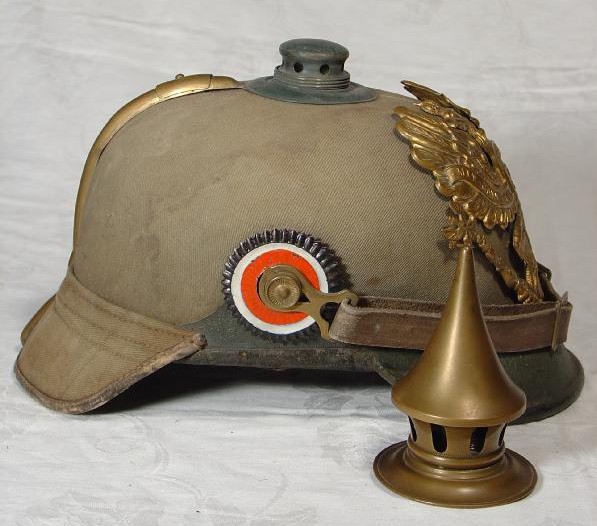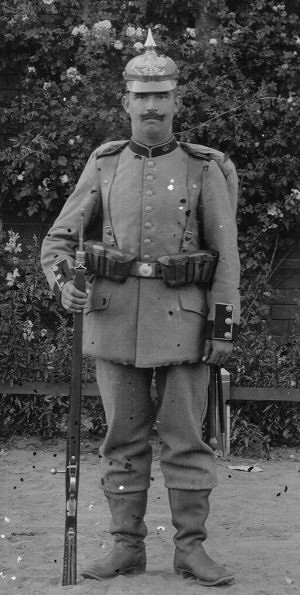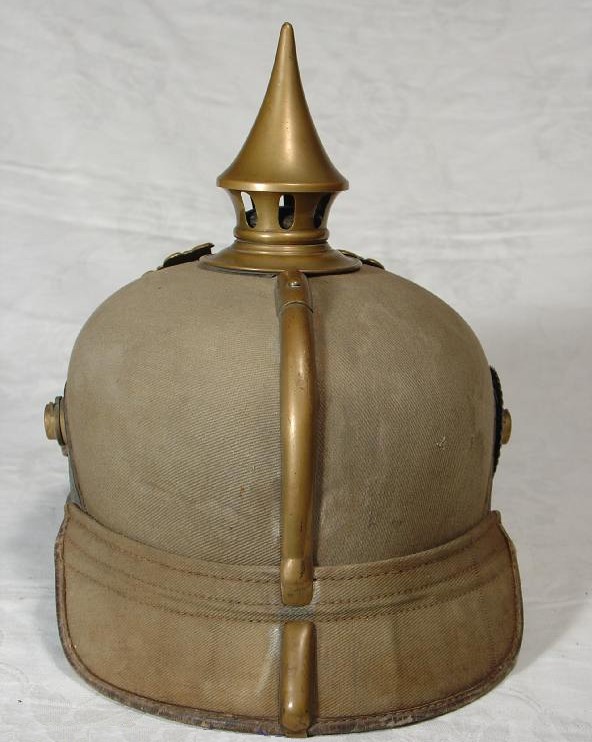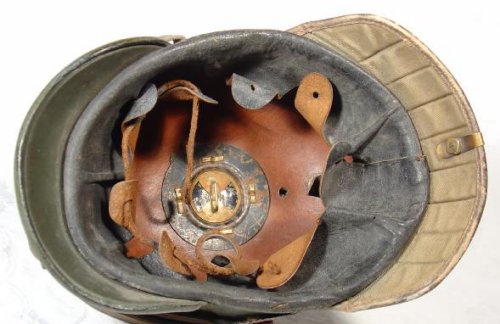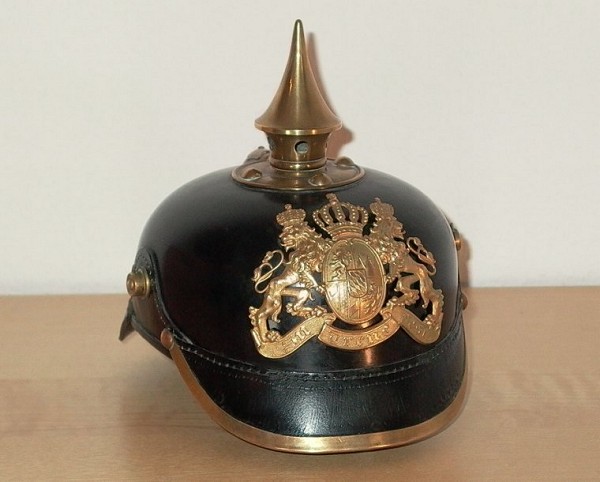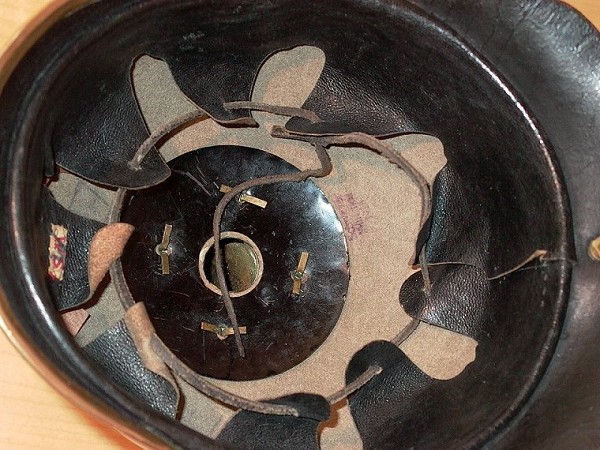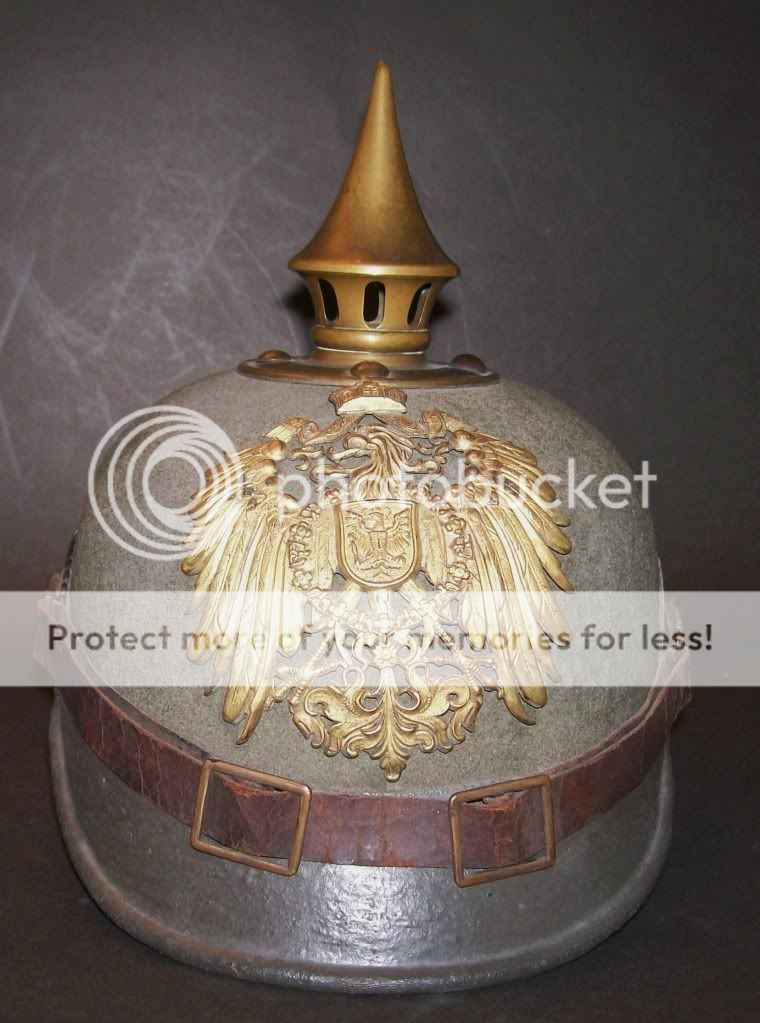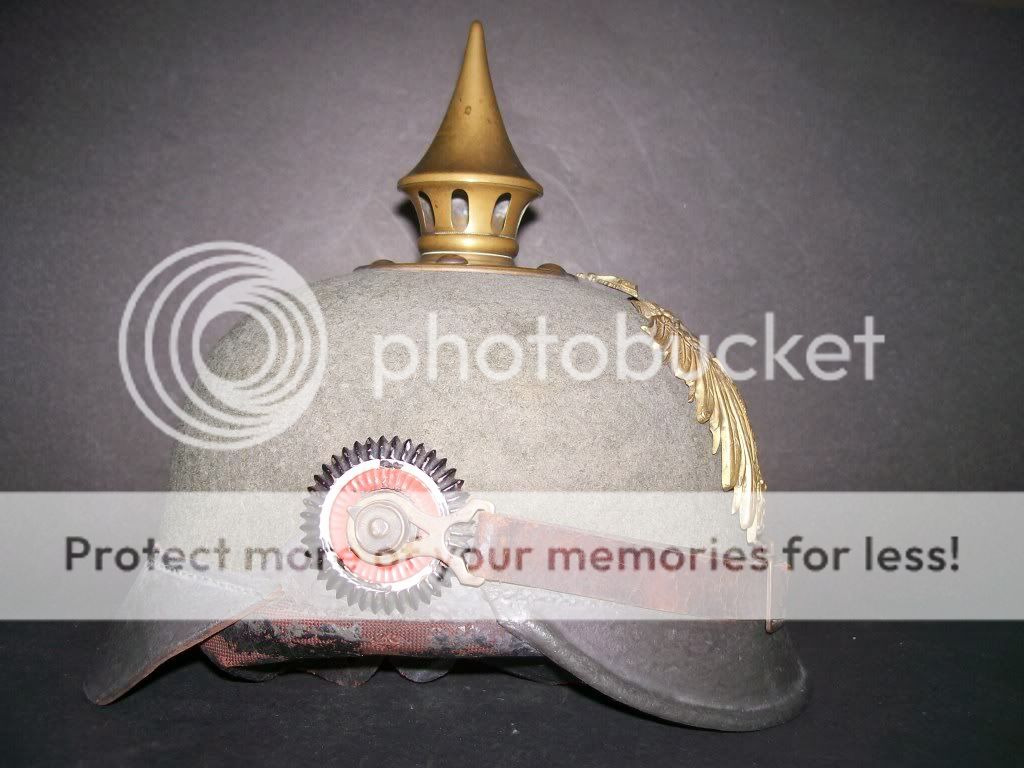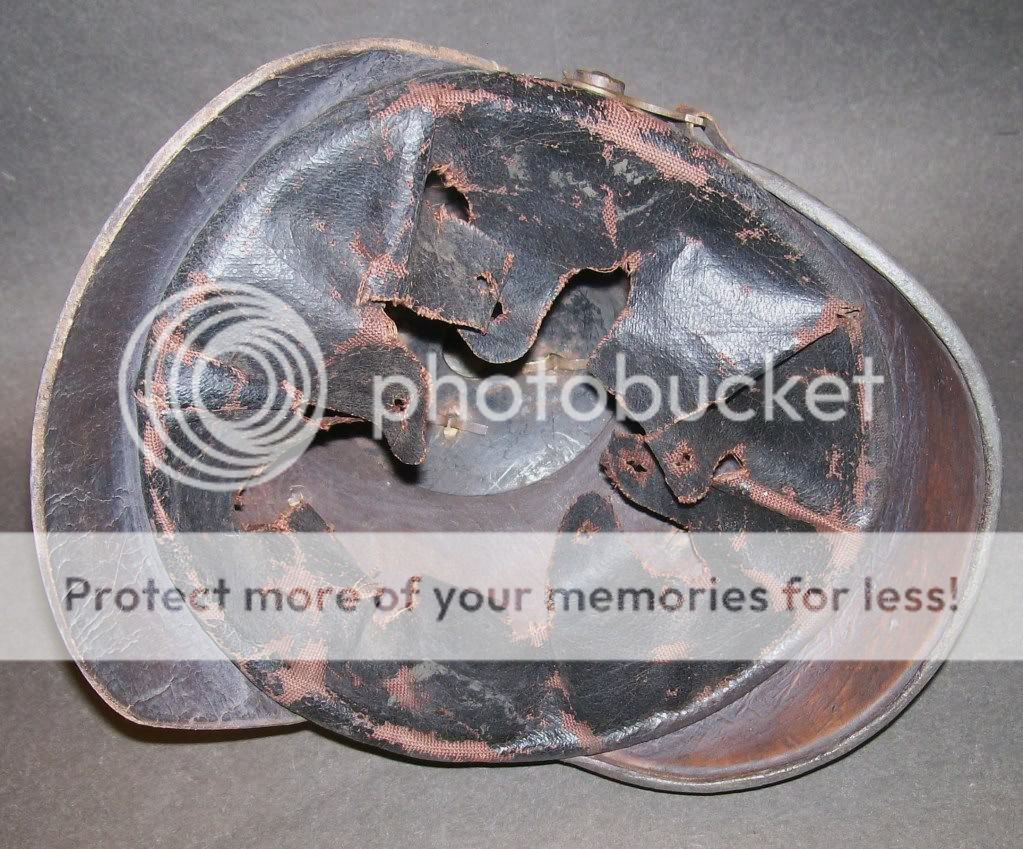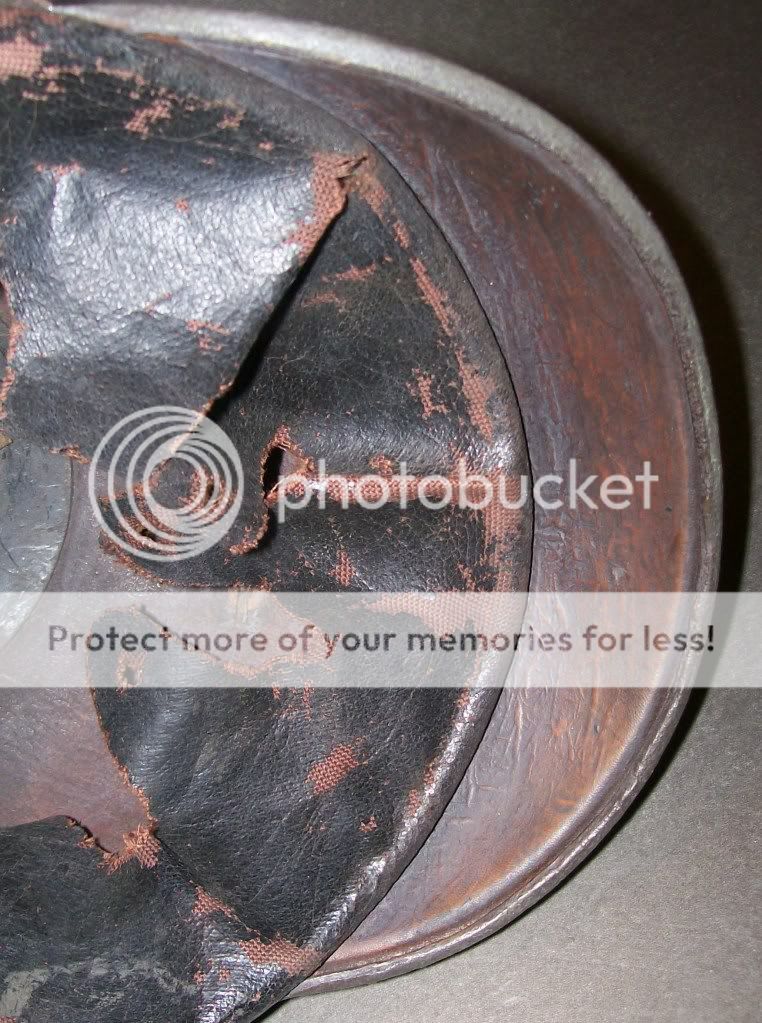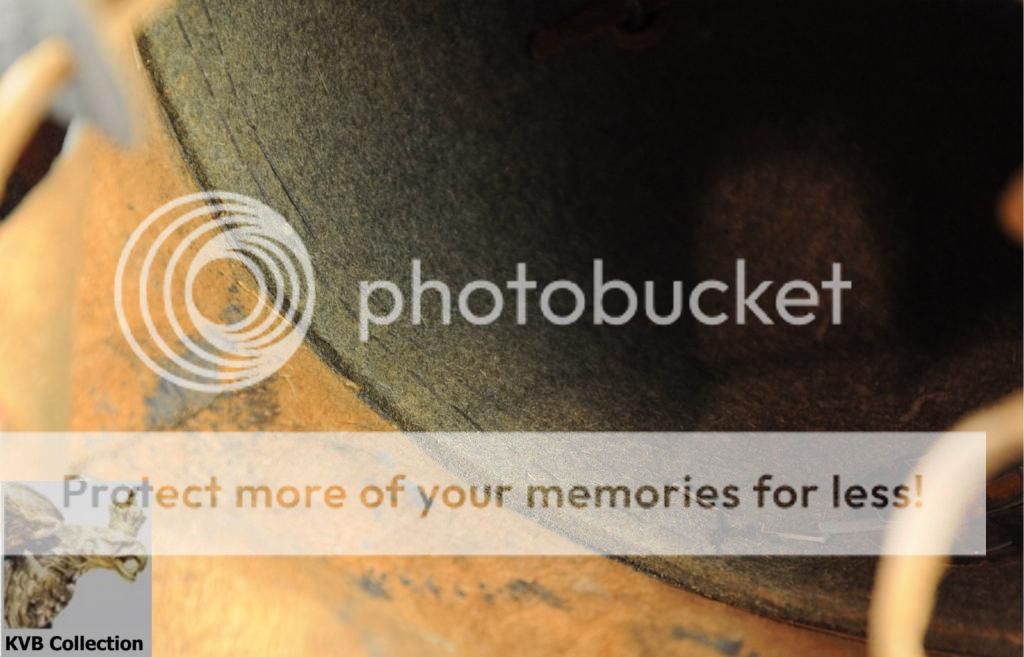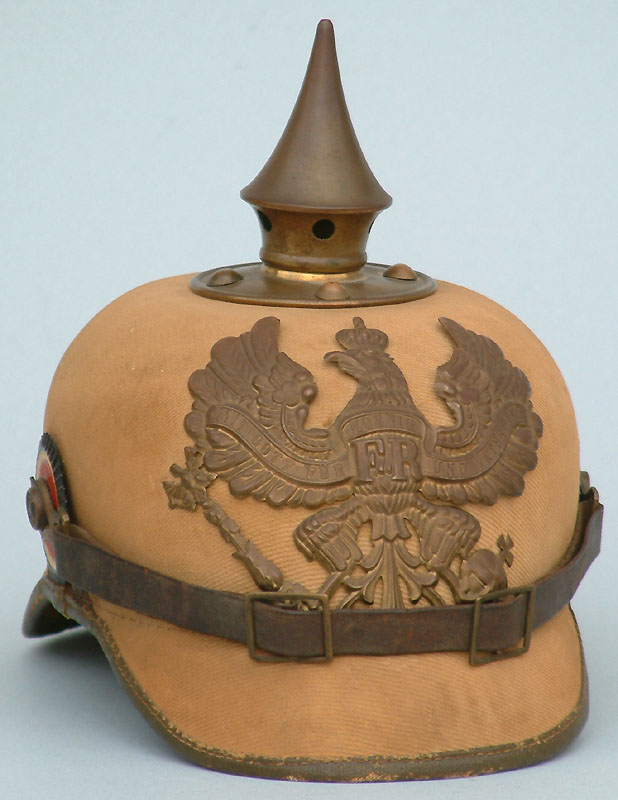joerookery said:
The site that Brad gave us talks about poor quality wool felt that had water problems.
The site Brad gave us, "NogginTops," is an online retailer. Joe, if you scroll down that page link a bit farther, you can read the answer to the FAQ: "How water-repellent are felt hats?" Akubra is a hat manufacturer. In fact, their product is sold by NogginTops. Furthermore, they have been supplying the following model, "Military (Open Crown)" to the Australian Defense Forces for nearly a century:
http://www.akubra.com.au/products_special.html" onclick="window.open(this.href);return false;
The Aussies went to war with the slouch hat, the Kiwis with the "Lemon Squeezer," and the Yanks with the Hat, Service, M-1911. These were all made of felt. I'm certain all were subjected to military trials for suitability in the field. If the Germans failed to produce a felt helmet that was water repellent, which I sincerely doubt, then they didn't know what the hell they were doing. The Akubra videos clearly show that shellac and sanding are key steps in manufacture. Not only would shellac stiffen the helmet against losing its shape, it would also increase water repellency. These steps are not "modern." They were developed over centuries.
If Akubra doesn't impress you, take a look at Stetson. They manufactured the premier M-1911 (and my Boy Scout hat for that matter):
http://www.stetson.com/history?view=history" onclick="window.open(this.href);return false;
Your article provides many exceptional period photos of true felt Helme and Tschako (even a Tschapka!), but the discussion here, completely fails to address them. Instead, Ostasiatisches Besatzungsbrigade, Versuchshelm Model 1905/06, and other experimental helmets are identified as Filzhelme, when they are actually Lederhelme at their core. In my opinion, only Robert's black lacquered Filz Bavarian and Karel's Prussian M15 qualify as (hybrid) Filzhelm.
This is what I consider to be an archetypal Filzhelm:
Unlike Karel's truly amazing helmet, which is constructed exactly as a Lederhelm, the liner is not folded and wrapped around the bottom of the crown and sewn in place prior to attaching the visors. Instead, it is folded and sewn inside the crown as the "visors" are an integral part of the crown:
Now, to throw you a curve, this is another Filzhelm:
Addressing one of your questions regarding the relative cost of Wollfilz v. Haarfilz, let's consider the logisitics. Rabbits are rather small, must be billeted in hutches, require specialized feed, and must be skinned for their fur. Sheep are large, graze in meadows, are shorn of their fleece, and live to produce more wool. I think Wollfilz is the hands down winner in the cost department.
I know my gut instincts (Lost Skeleton Wisdom?) count for nothing around here, but when commercial industry has to retool quickly for military production, things are inherently problematic. I would argue (as do you in your article) that Filzheme were made by the German equivalents of Akubra and Stetson (I doubt there was a "Springfield Armory" for Filz). In fact, you have already identified Firma Bruno Sturm. Producing a felt helmet would require additional steps in blocking, cutting, and finishing not required by a conventional hat. The felt helmets in my collection vary widely in mils (thickness; specifically one thousandth of an inch). The neck peak can be easily measured with a micrometer. Thicker mills are heavier, stronger, and stiffer. I'm certain the initial product was characterized by lack of experience, urgency in delivering a quota, and overhead. Related to overhead would be the less than ethical practice of cutting corners to increase profit margins. What military or civilian contractor hasn't been accused of this? After all, contracts are usually awarded to the low bid. Shave off a mil or two and save a bundle on raw material. If the thing falls apart in the rain, blame it on the other fellow. The benighted taxpayer foots the bill. These were only meant to last until Lederhelm production caught up with the needs of the expanding army. Furthermore, I'm certain the German General Staff were appalled by the concept of Filzhelme from the start and had no incentive to be generous in their formal appraisal.
For what it's worth.

